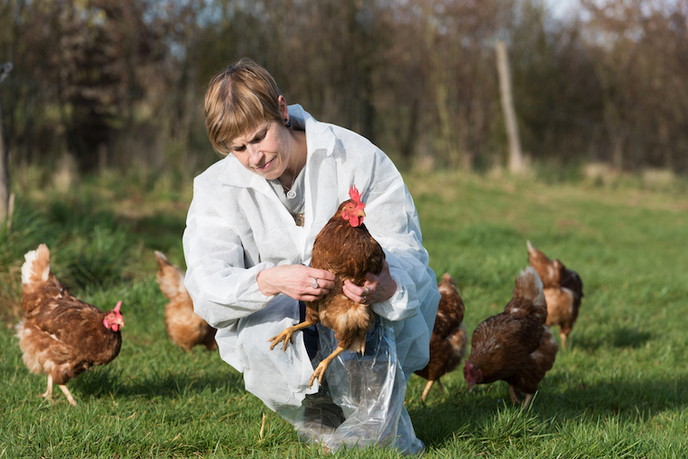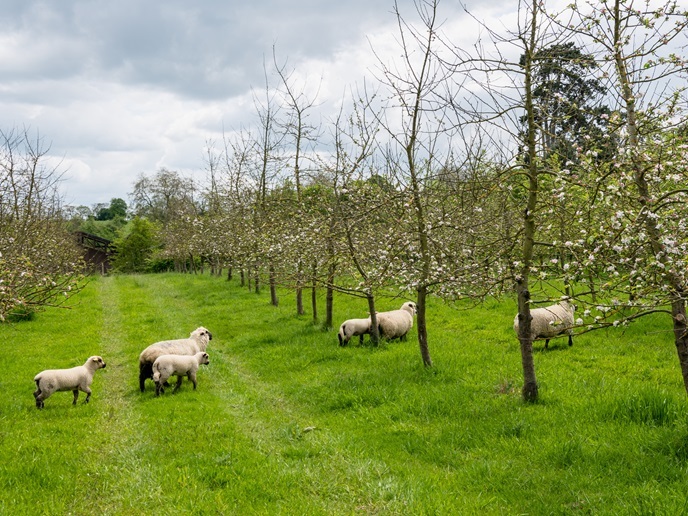New livestock vaccines and better vaccine strategies reduce antibiotic use
The use of antibiotics in livestock production is as problematic as in human disease and resistance is building up very swiftly. “We do not have the throughput of antibiotics to tackle this,” says project coordinator Dr Isabelle Schwartz from the molecular virology and immunology department at the National Institute for Agricultural Research(opens in new window) in France. “Antibiotic use also has a significant environmental impact so we need to reduce its use in livestock. We can do this with the right kind of vaccination strategy that we adapt to the pathogen(opens in new window) and to the animal depending on its age, its production type. In the future the aim is to also adapt it to the animal’s gene activity,” Dr Schwartz says. Candidate vaccines The EU SAPHIR project has laboratory-tested six promising candidate vaccines to protect against six major pathogen strains affecting cattle, pigs and poultry, with one already licensed to a pharmaceutical company for commercial development and other companies interested in two others. One of the best vaccine candidates was made up of just one protein from a virus and was highly efficient in calves that had maternal antibodies, Dr Schwartz says. “Normally with maternal antibodies, animals do not respond well to vaccines,” Dr Schwartz notes. “But our vaccine provided full protection with only one intramuscular administration, which is convenient for the farmer.” Candidate biomarkers for immune response The project identified genetic marker and blood biomarker(opens in new window) candidates that correlate to a good or bad immune response to vaccines. “This finding opens the way to stratify animal populations according to their responses to certain vaccine types,” Dr Schwartz says. In time, selective breeding of those animals with a better immune response to vaccination will produce more resistant herds and reduce the need for antibiotics. Three hundred candidate biomarkers were identified by the project, taking blood samples from hundreds of vaccinated animals and doing entire RNA sequencing for each animal to correlate the basal gene expression to the animal’s capacity to respond well to vaccines. “From this high-throughput approach, we identified genes that we would never have imagined were involved in the capacity to respond to vaccines,” adds Dr Schwartz. Analysing the data was a huge undertaking requiring more than two people working full time over 4 years and is still ongoing. “The goal is to cut down the hundred genes to a minimal combination of biomarkers that provides a prediction of high response to vaccines.” Vaccination in the field In the case of a major viral disease in pigs, mathematical modelling compared the impact of regularly vaccinating all animals in an infected herd to vaccinating only when a problem emerges. The project found that a regular vaccination schedule can fully control the infection even if the vaccine is only partially protective. As Dr Schwartz explains: “We did not expect this, and it shows the importance of vaccination schedules.” As livestock farmers tend to be reluctant to invest in vaccines, the project’s economists also modelled the effect of vaccine use as it benefits animal production, which depends on vaccine efficacy and on an optimal vaccine price. Finally, the project’s sociologists identified that educating consumers and large retailers can have a great impact in avoiding antimicrobial use and in promoting the use of vaccines in farms.







